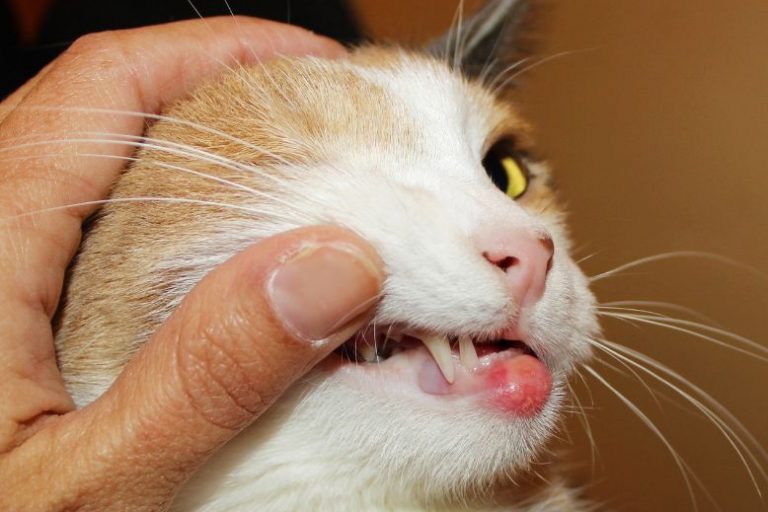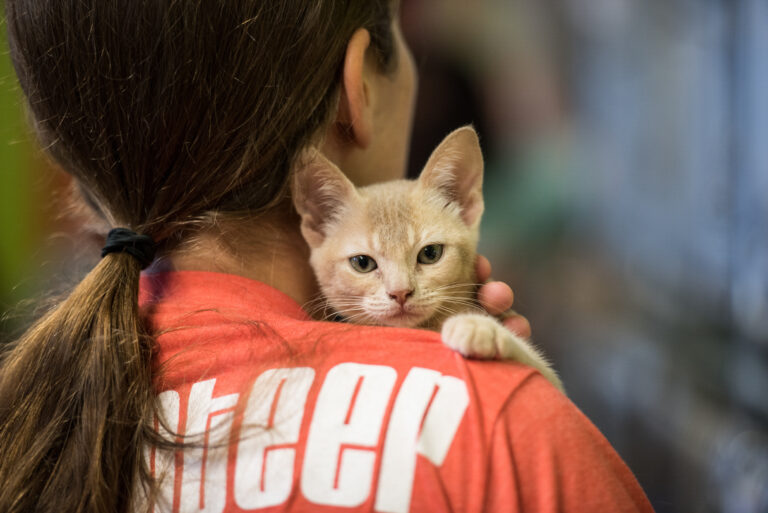As winter fades and spring emerges, many cat owners may notice changes in their feline friends’ behavior and health. Just like humans, cats can experience seasonal allergies triggered by pollen, dust, mold, and environmental changes. The transition from winter to spring brings increased allergens, which can lead to itchy skin, sneezing, watery eyes, and respiratory issues in sensitive cats.
Understanding how seasonal allergies affect your cat and taking preventive measures can ensure a smooth transition into spring. In this article, we’ll explore common allergens, symptoms to watch for, and practical steps to help prevent allergies in your cat.
Table of Contents
Understanding Seasonal Allergies in Cats
Seasonal allergies occur when a cat’s immune system overreacts to environmental triggers that become more prevalent in spring. The most common allergens include:
- Pollen: Trees, grass, and flowers release pollen, which can be carried indoors through open windows or on clothing.
- Mold Spores: Increased humidity in spring can cause mold to grow, leading to allergic reactions.
- Dust and Dust Mites: After winter, dust from heating systems and spring cleaning can trigger allergies in sensitive cats.
- Flea Allergies: Warmer temperatures lead to increased flea activity, which can cause allergic reactions in some cats.
Some cats develop allergies to multiple triggers, while others may react to just one or two. Identifying what causes your cat’s symptoms is the first step toward managing seasonal allergies.
Signs of Seasonal Allergies in Cats
Cats with seasonal allergies may exhibit a variety of symptoms, including:
- Excessive Scratching or Grooming – If your cat is constantly licking, biting, or scratching at their skin, they may be experiencing allergic dermatitis.
- Sneezing and Runny Nose – A noticeable increase in sneezing or nasal discharge can indicate environmental allergies.
- Watery or Irritated Eyes – Red, watery, or swollen eyes may be a sign of an allergic reaction.
- Coughing or Wheezing – Some cats with allergies develop respiratory symptoms, which can mimic asthma.
- Ear Infections or Head Shaking – Allergies can lead to itchy ears, inflammation, or recurring ear infections.
- Patchy Hair Loss or Skin Redness – Cats that over-groom due to itchiness may develop bald patches or irritated skin.
If your cat is displaying any of these symptoms, especially during the winter-to-spring transition, they may be suffering from seasonal allergies.
Preventing Seasonal Allergies in Cats
Preventing allergies in cats involves reducing exposure to allergens and managing symptoms before they become severe. Here’s how you can help your cat transition smoothly from winter to spring.
1. Keep Indoor Air Clean
Since pollen and dust can enter your home through open windows and doors, keeping indoor air clean is essential.
- Use an Air Purifier: A high-quality HEPA air purifier can help filter allergens from the air, reducing your cat’s exposure to pollen and dust.
- Change HVAC Filters: Replace air conditioning and heating filters regularly to minimize allergens in your home.
- Vacuum and Dust Frequently: Use a vacuum with a HEPA filter to remove dust, pollen, and pet dander from carpets, furniture, and curtains.
2. Reduce Pollen Exposure
During spring, pollen levels peak in the early morning and late afternoon. Limiting your cat’s exposure to pollen can help prevent allergy flare-ups.
- Keep Windows Closed: While fresh air is tempting, keeping windows shut reduces the amount of pollen entering your home.
- Clean Your Cat’s Fur: If your cat has been near open windows or outside, gently wipe their fur with a damp cloth to remove pollen.
- Wash Bedding and Toys: Regularly wash your cat’s bedding and soft toys to remove allergens that may accumulate over time.
3. Maintain a Healthy Diet
A balanced diet plays a crucial role in supporting your cat’s immune system and reducing allergic reactions.
- Omega-3 Fatty Acids: Adding omega-3 supplements or feeding high-quality food with fish oil can reduce skin inflammation and itching.
- Hydration is Key: Encourage your cat to drink plenty of fresh water to help flush out toxins and allergens from their system.
- Limited-Ingredient Diets: If food allergies contribute to seasonal symptoms, consult your vet about hypoallergenic diets.
4. Manage Fleas Proactively
Spring marks the start of flea season, and flea allergy dermatitis is a common cause of itching and skin irritation in cats. Even indoor cats can be exposed to fleas through other pets or human clothing.
- Use Flea Prevention Treatments: Speak to your veterinarian about a safe flea prevention plan tailored to your cat.
- Regular Grooming: Brushing your cat helps detect fleas early and removes potential allergens from their coat.
- Wash Bedding Frequently: Hot water kills fleas and their eggs, reducing the chances of infestation.
5. Veterinary Care and Allergy Testing
If your cat experiences severe or persistent allergy symptoms, consult a veterinarian. They can perform allergy tests to identify specific triggers and recommend targeted treatments.
- Antihistamines or Allergy Medications: Your vet may prescribe antihistamines, corticosteroids, or other allergy relief medications.
- Allergy Shots (Immunotherapy): In severe cases, allergy shots may help desensitize your cat to allergens over time.
- Topical Treatments: Medicated shampoos, sprays, or wipes can soothe itchy skin and reduce irritation.
When to See a Vet
While mild seasonal allergies can often be managed at home, seek veterinary care if your cat:
- Develops persistent coughing or wheezing (signs of feline asthma).
- Has severe itching that leads to open sores or infections.
- Experiences changes in appetite, energy levels, or weight.
- Shows signs of difficulty breathing.
Early intervention can prevent discomfort and improve your cat’s quality of life during seasonal transitions.
In Conclusion

As winter transitions into spring, seasonal allergens can pose challenges for cats with sensitivities. Understanding the signs of allergies and taking proactive steps can help your feline friend stay comfortable and healthy. By reducing pollen exposure, maintaining a clean indoor environment, supporting skin health, and consulting a vet when needed, you can help prevent seasonal allergies from disrupting your cat’s well-being.
With the right approach, your cat can enjoy the beauty of spring without the discomfort of seasonal allergies!







